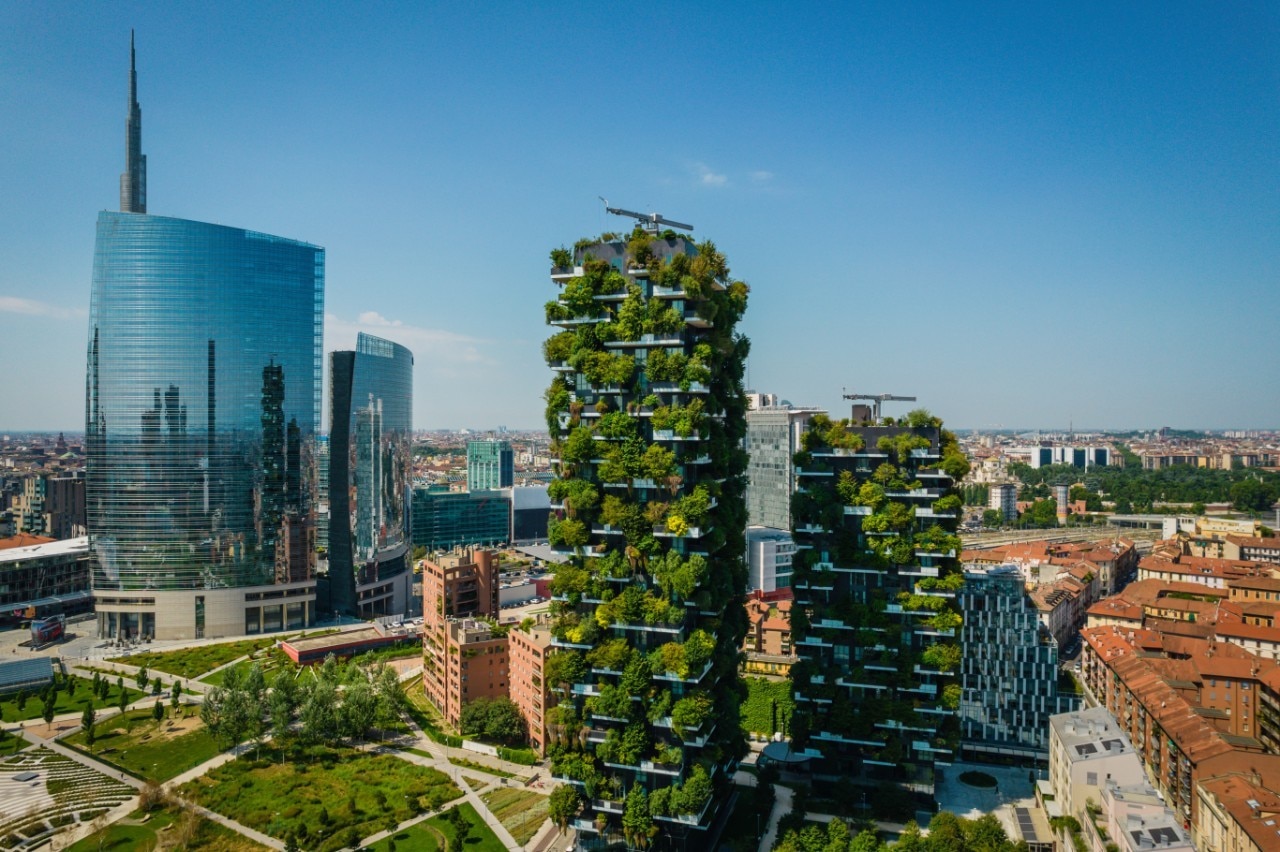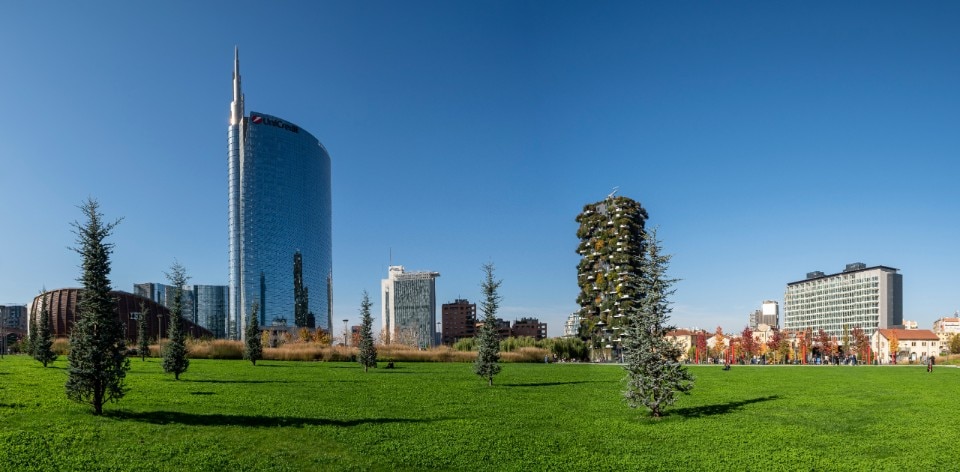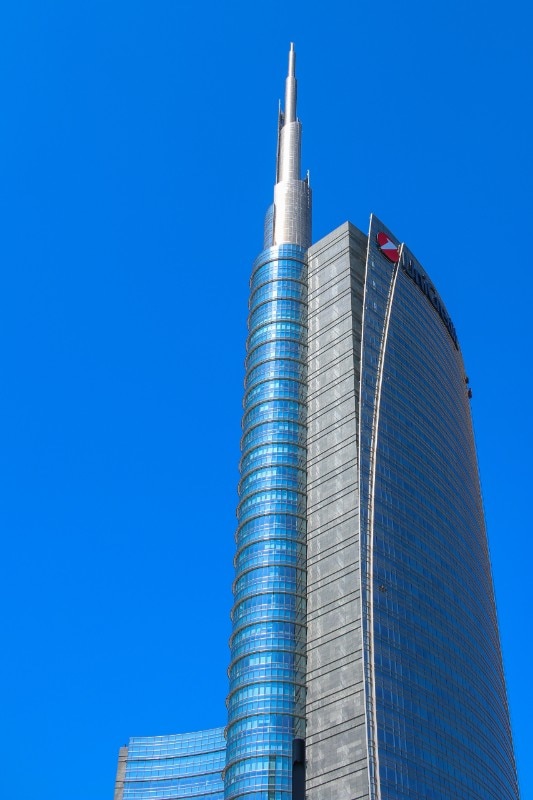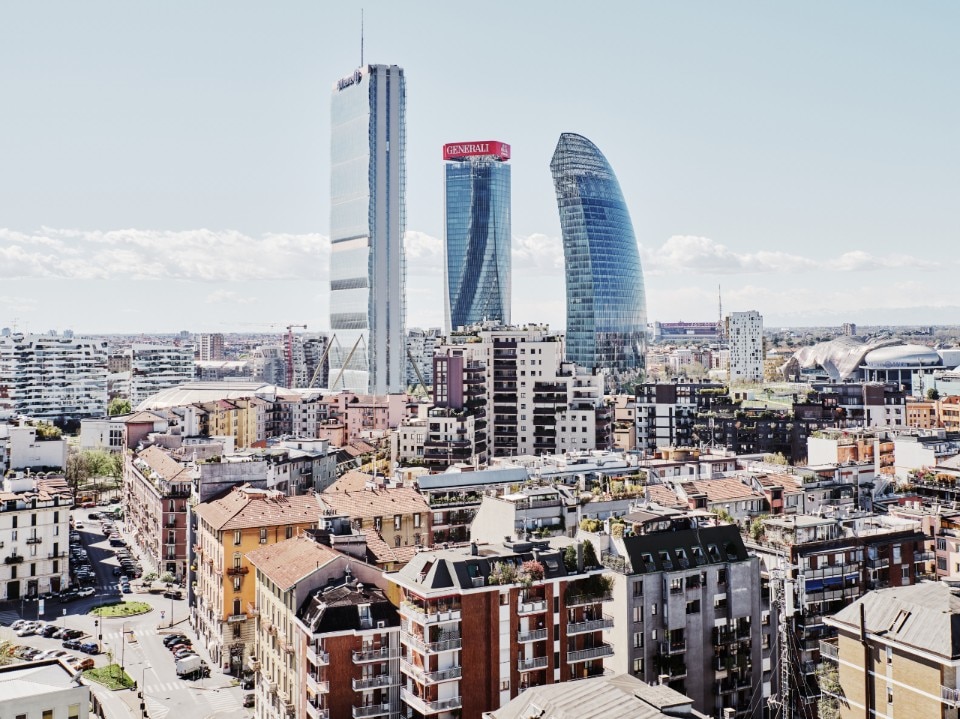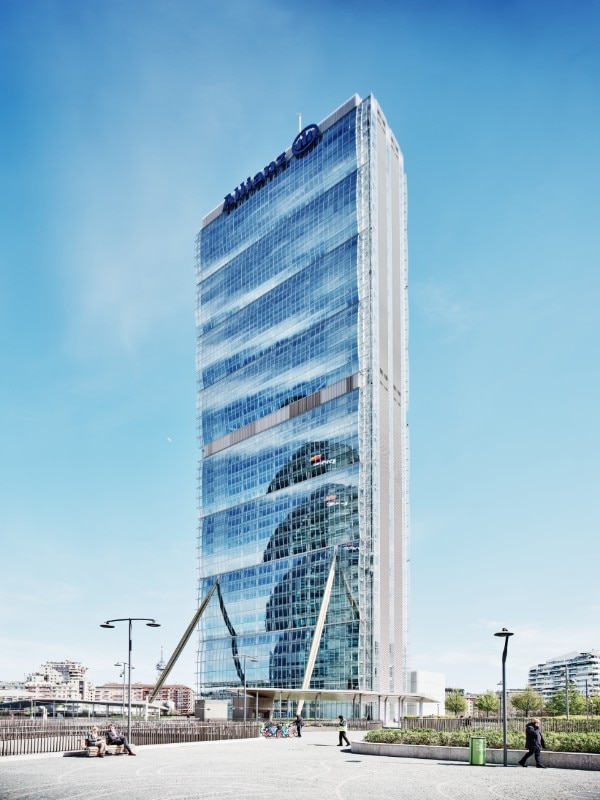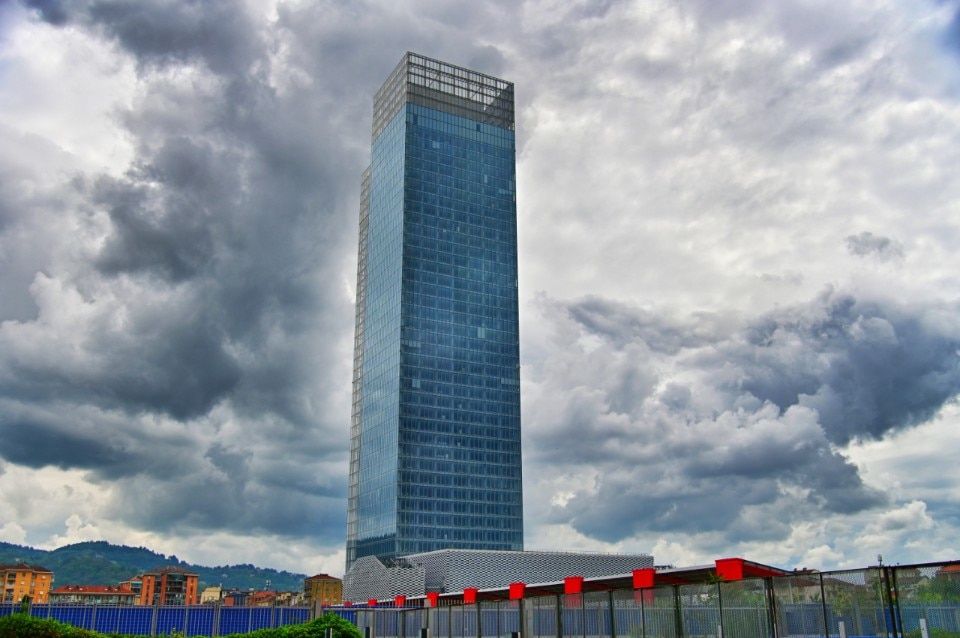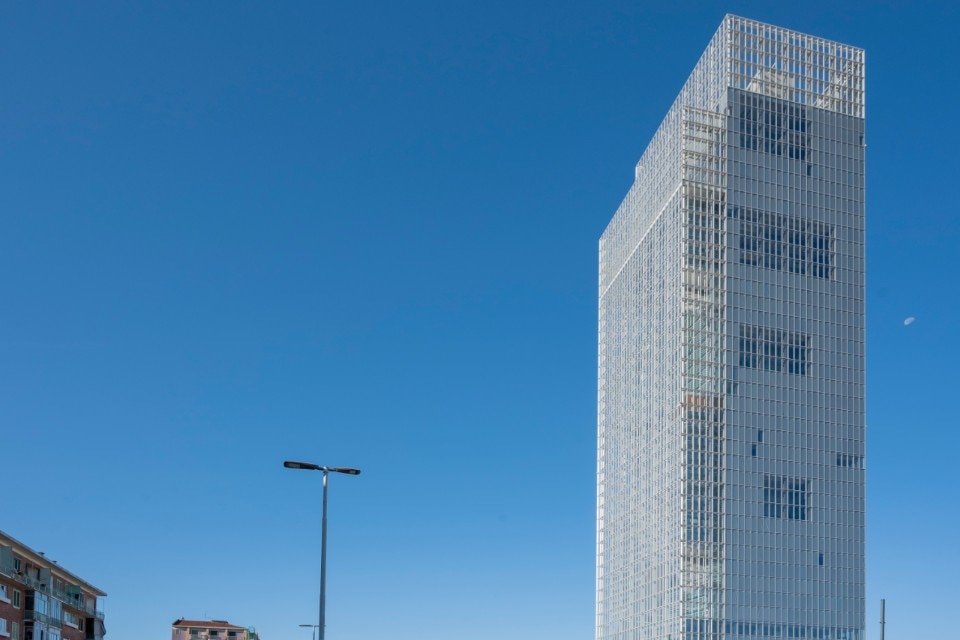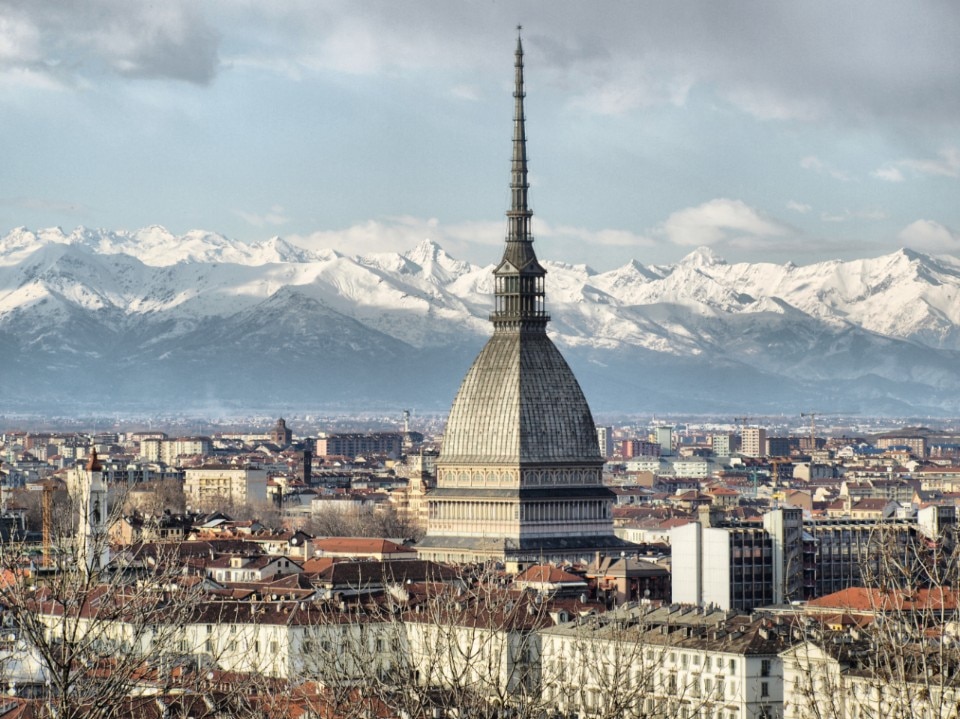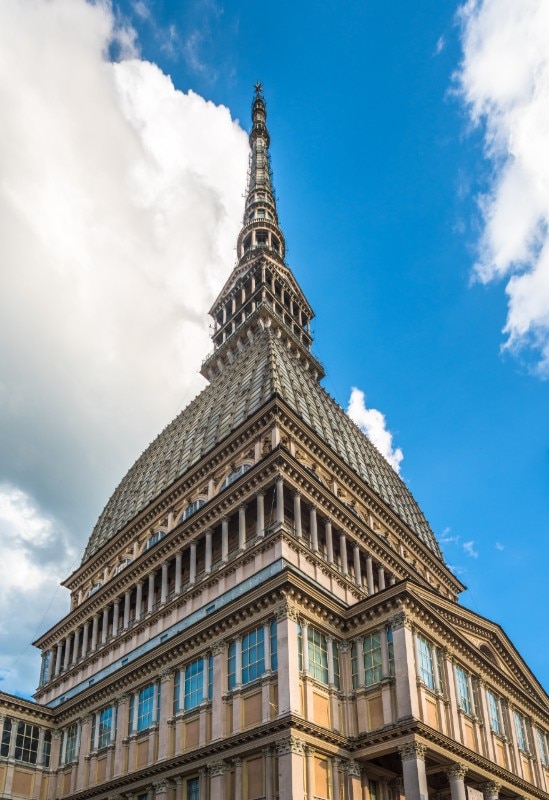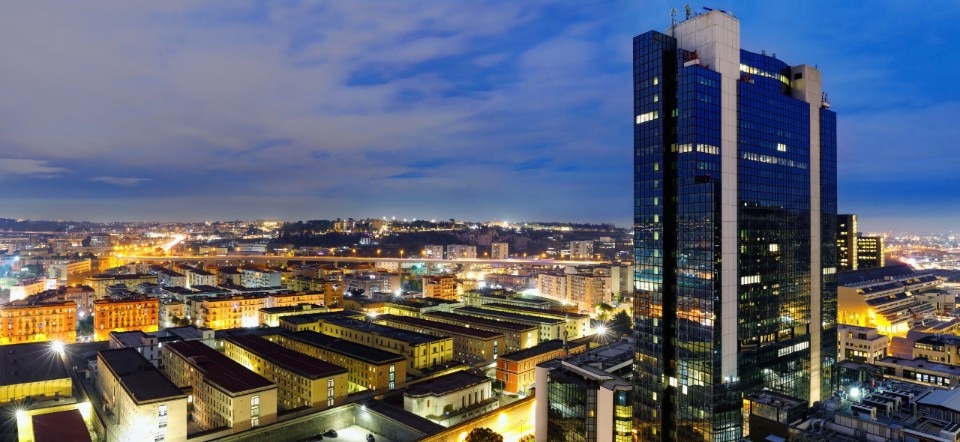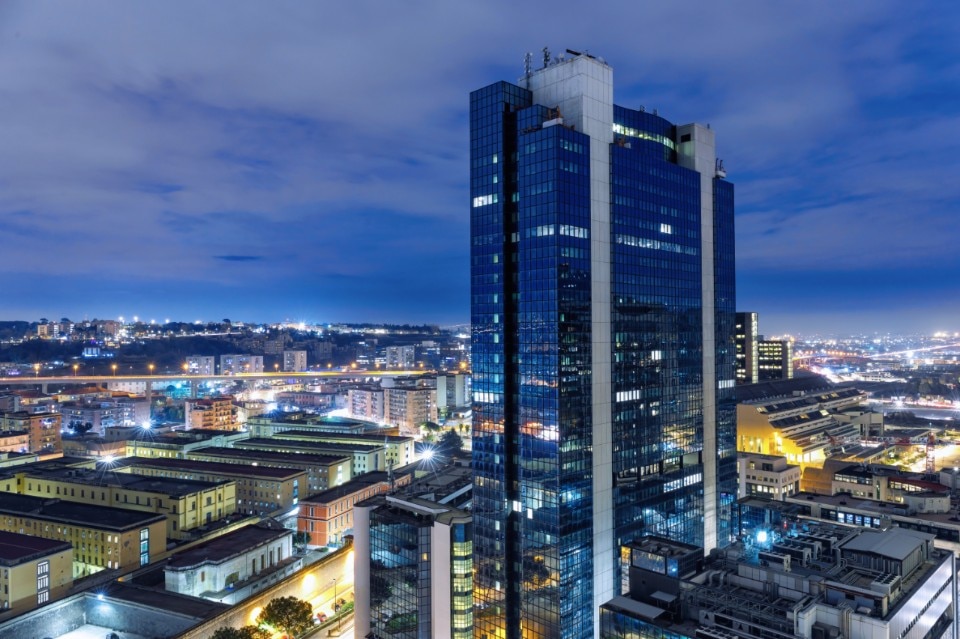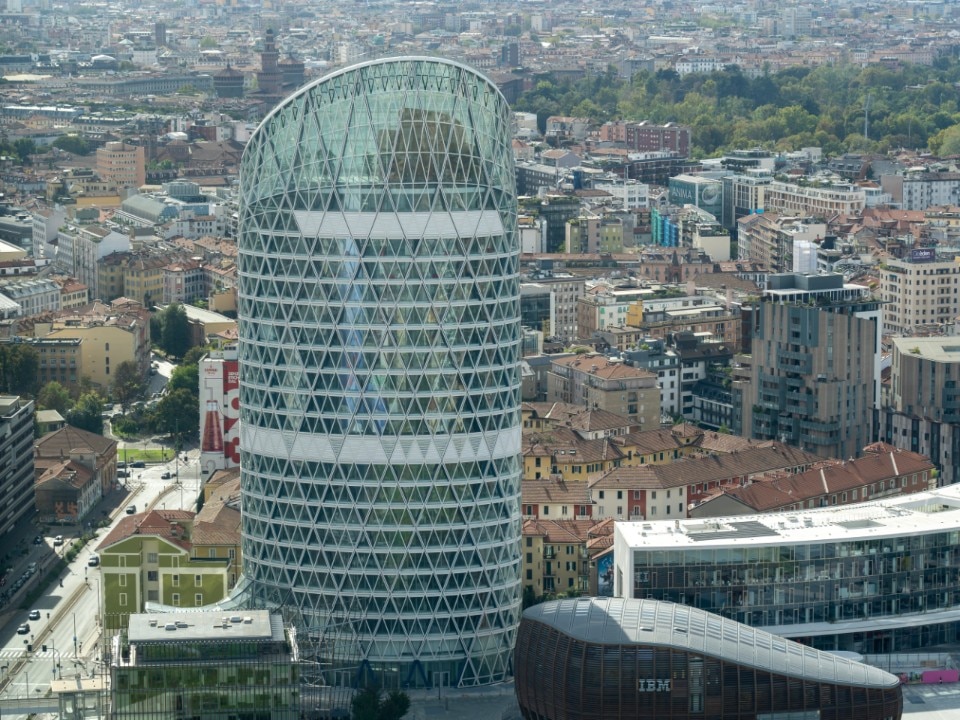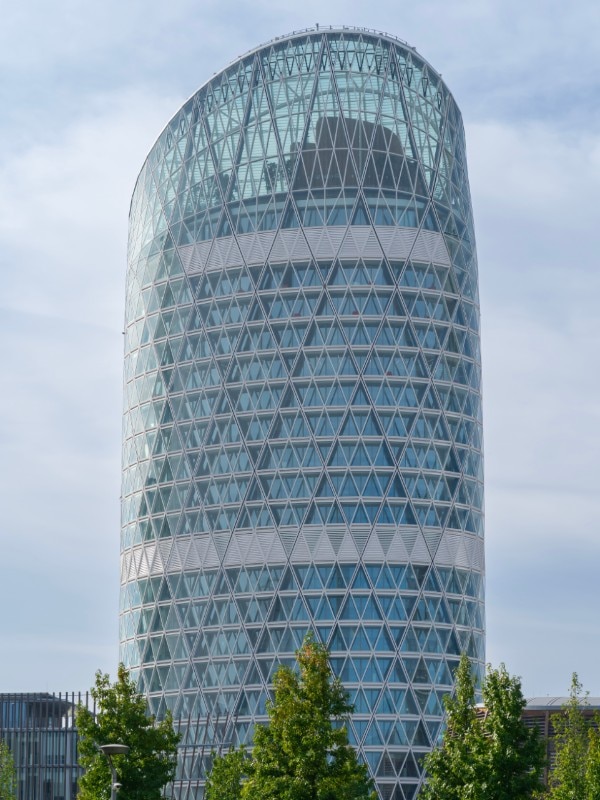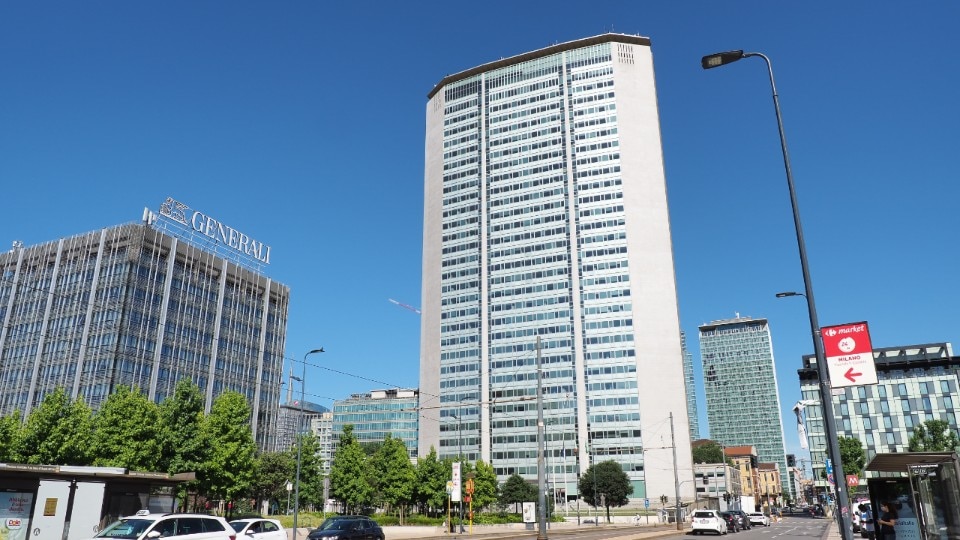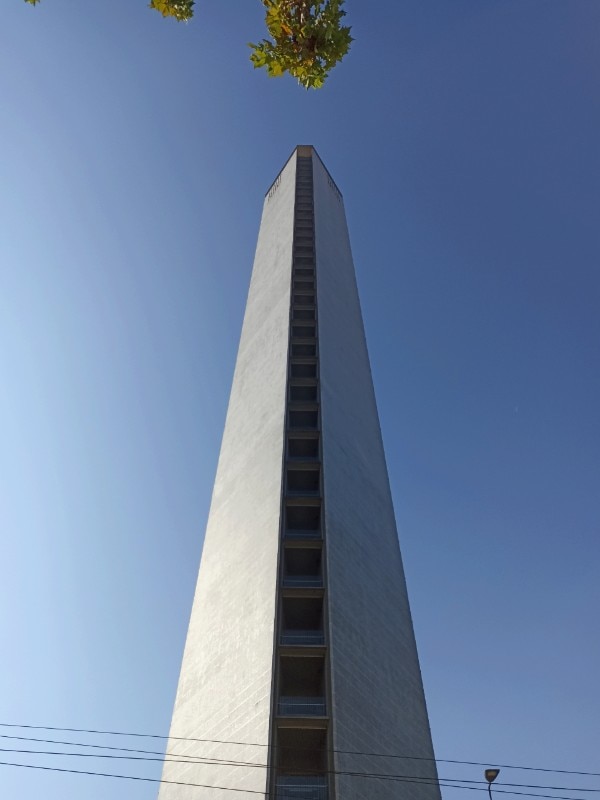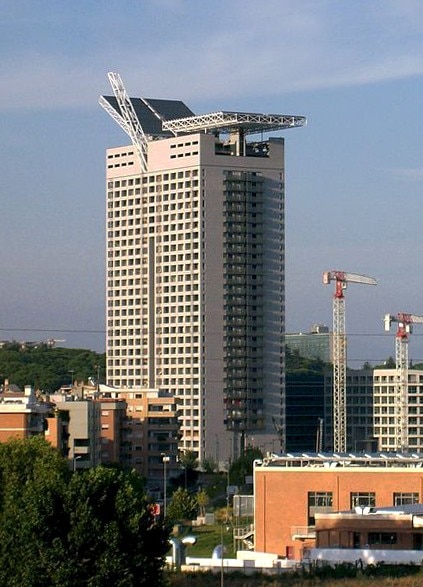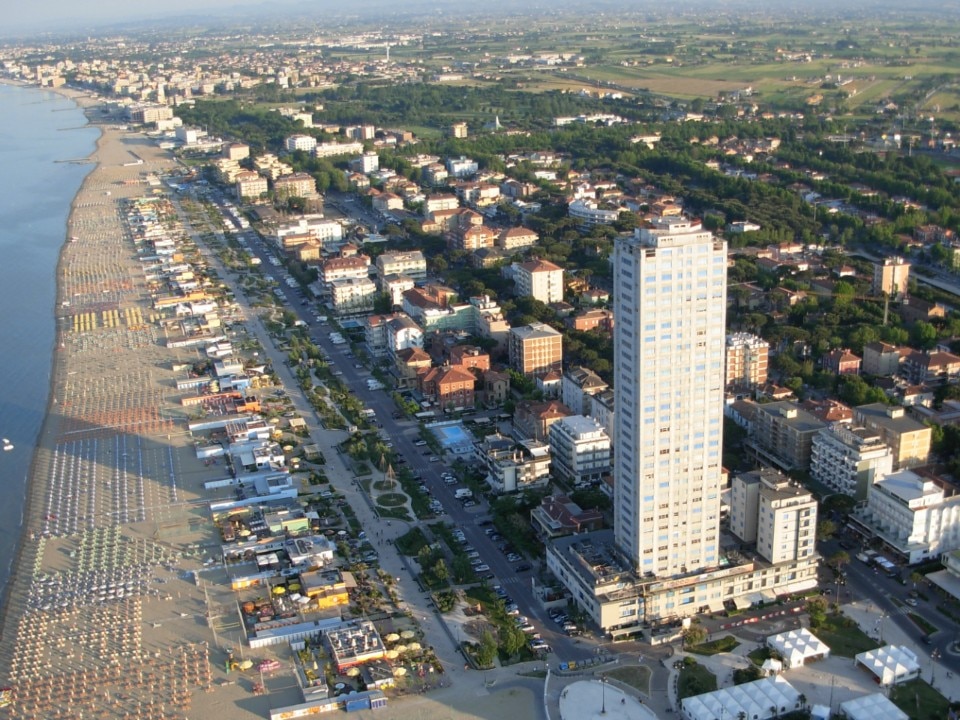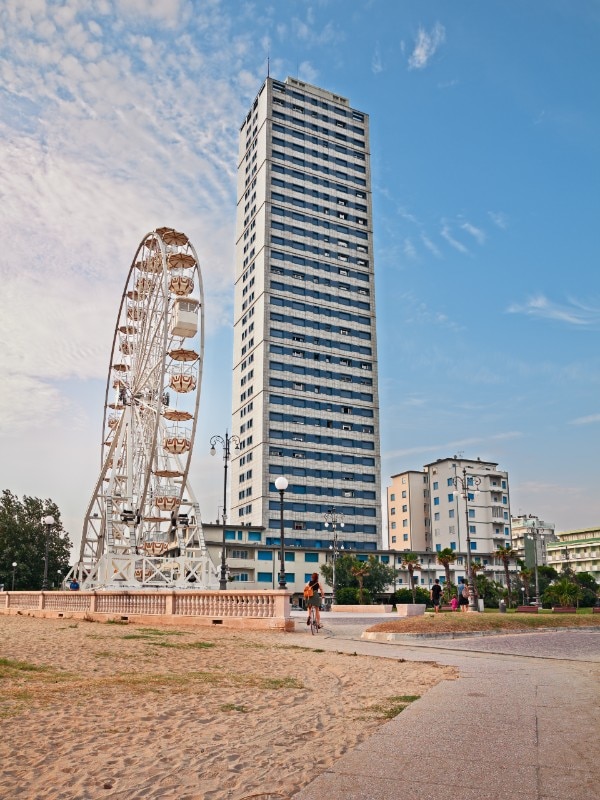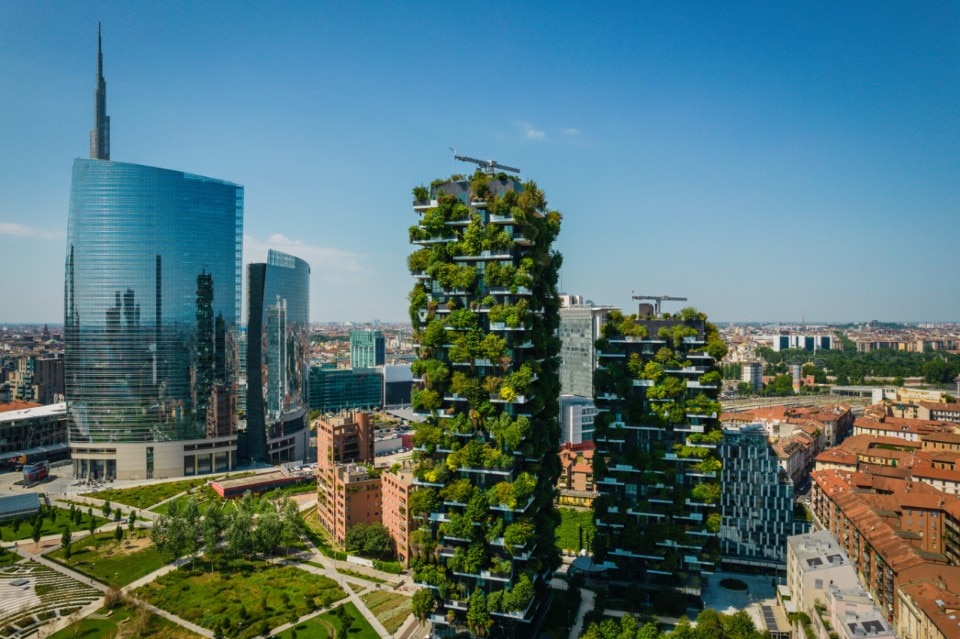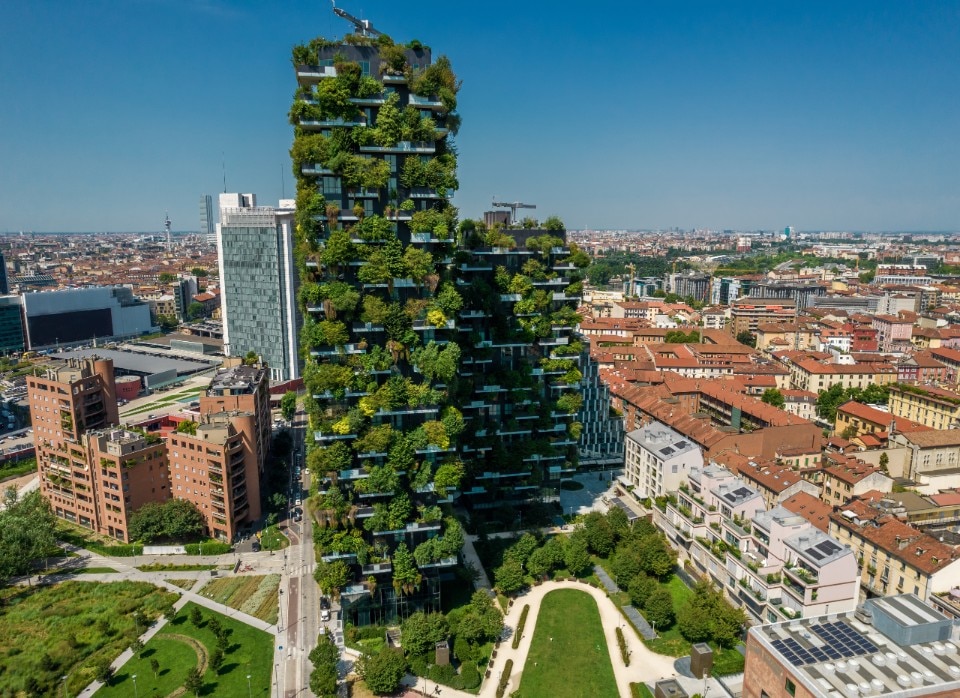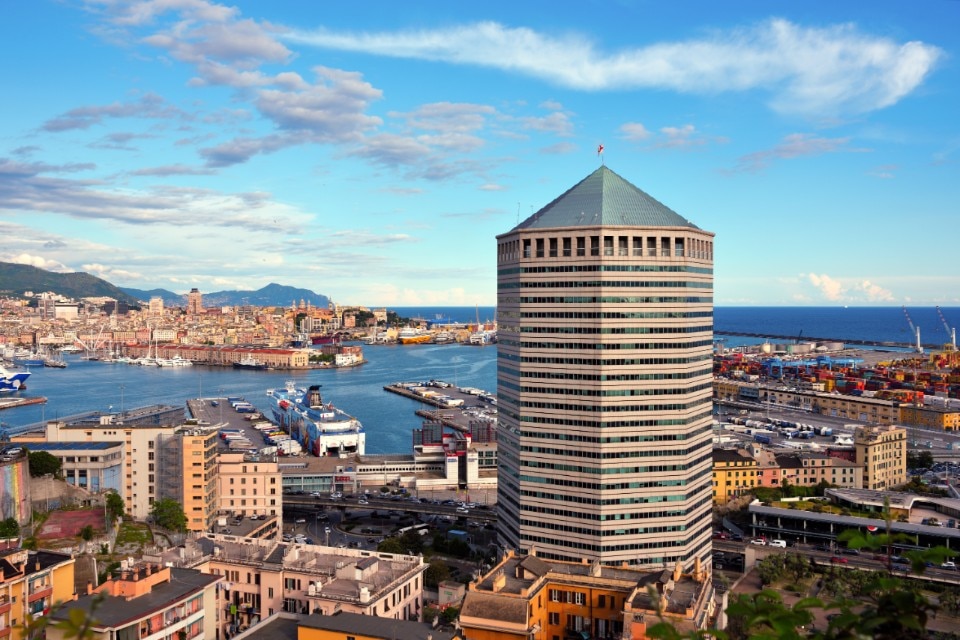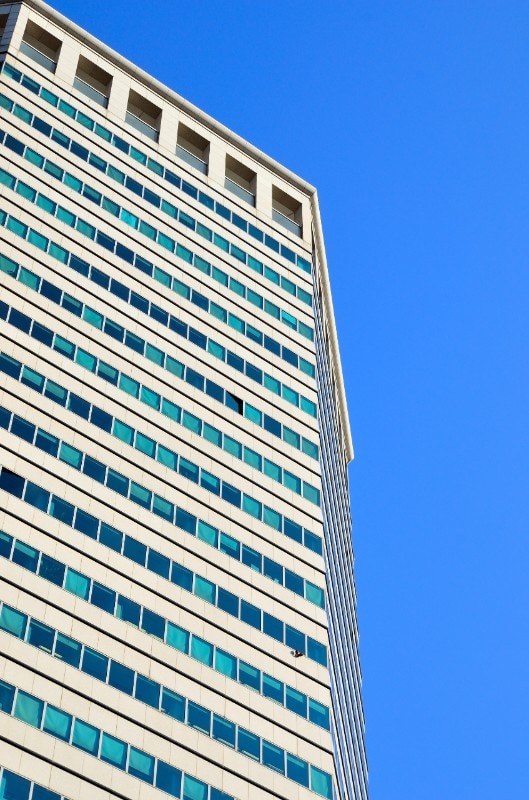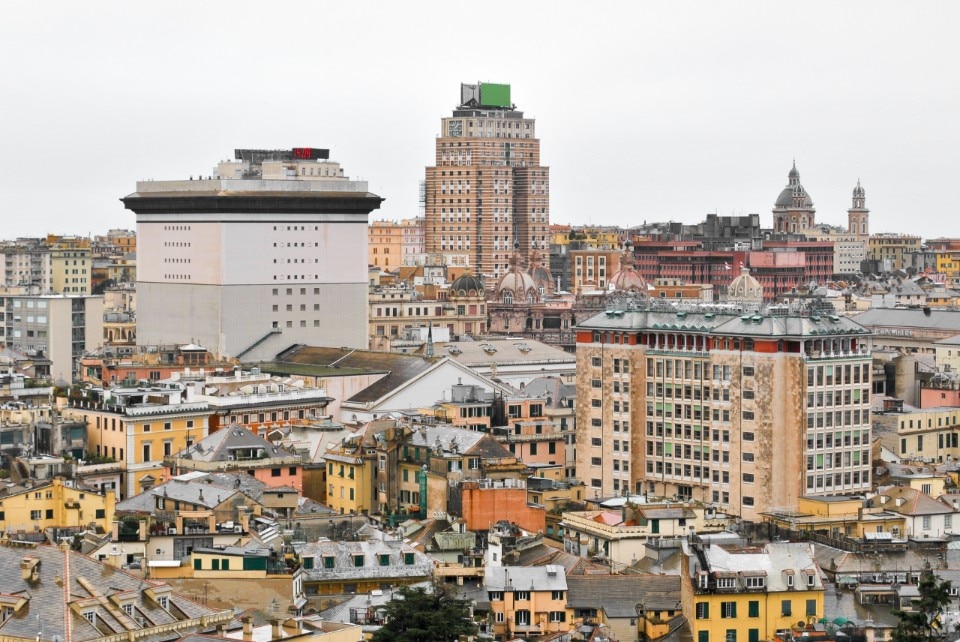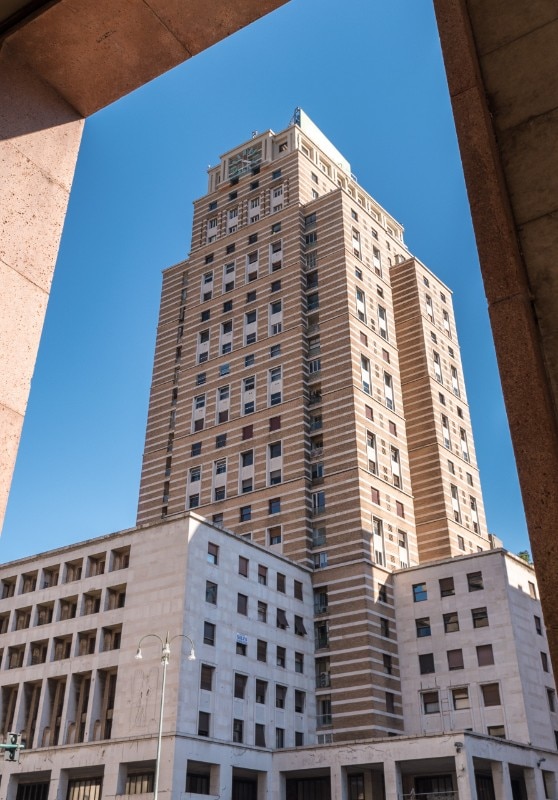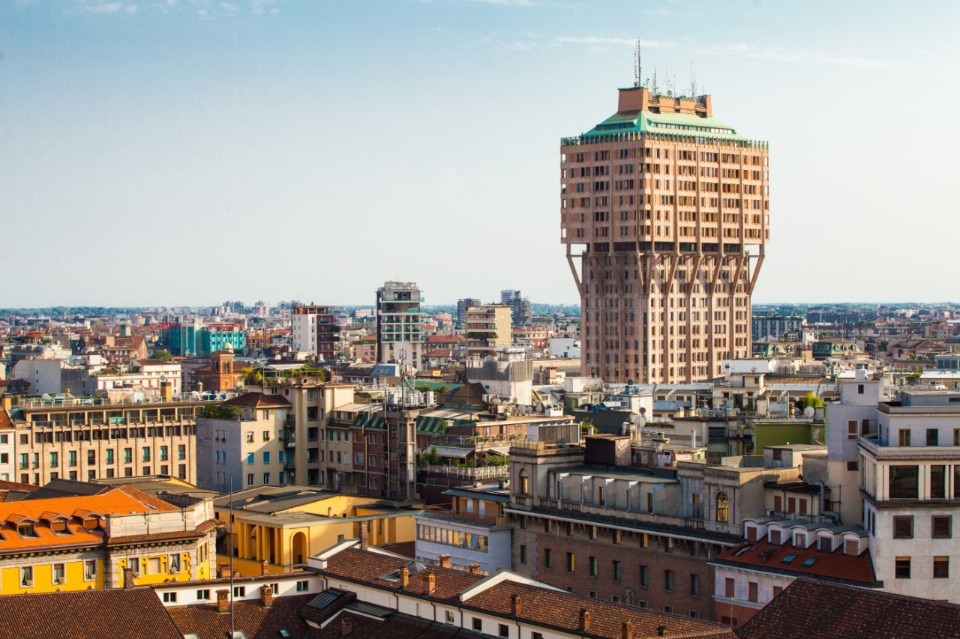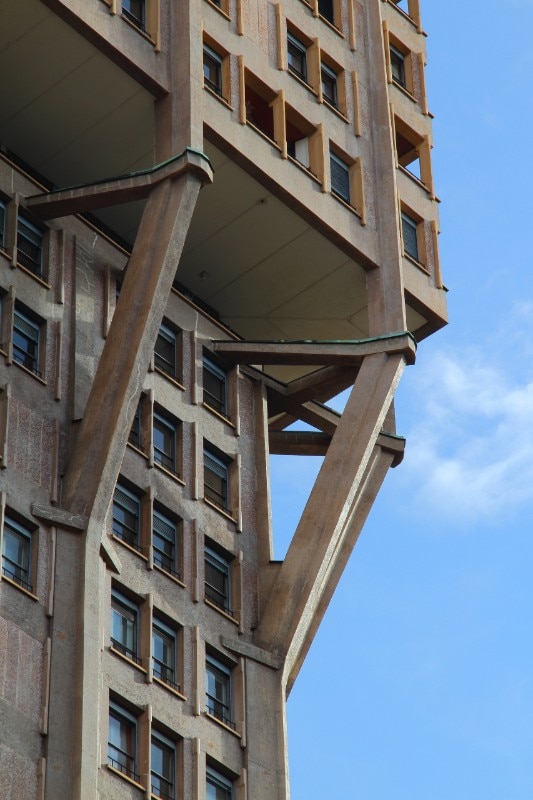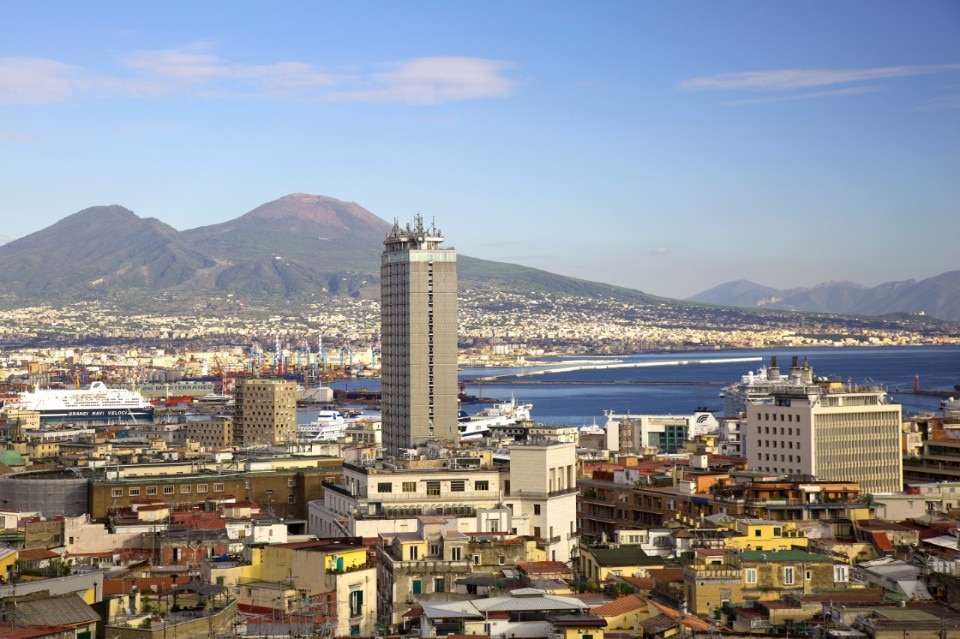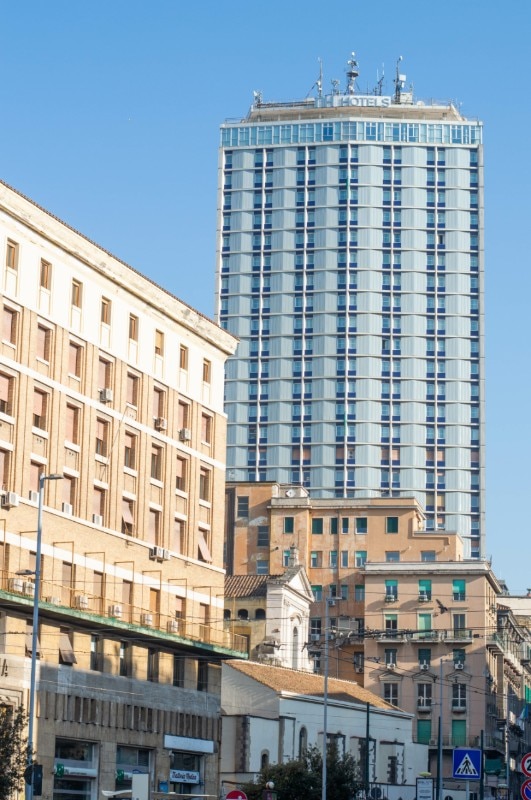If pushing beyond one's limits and reaching for the sky has been a human aspiration since the time of Icarus, the urge to construct ever taller buildings that circumvent the laws of statics and reach for the clouds has been a Leitmotiv in the history of architecture, especially since the Modern Age.
Indeed, it is with the genesis of the modern city, particularly in the United States, that a new building typology has made its way: the skyscraper, with its marked vertical development (at least 15-20 stories in origin, with a minimum height of 50-70 meters), which, since the experiments of the Chicago school in the second half of the 19th century, gradually became a symbol of technological and economic development exported all over the world.
If tall construction was initially driven by urban planning and speculative reasons imposing a settlement model capable of intensively exploiting areas that were reduced in size (due to the high building concentration in the industrialised city) but with a high commercial value, over time the skyscraper, technologically performing and pushing to ever more vertiginous heights, has become a marketing device aimed at representing the public image and economic and commercial power not only of its client but also of the city that hosts it.
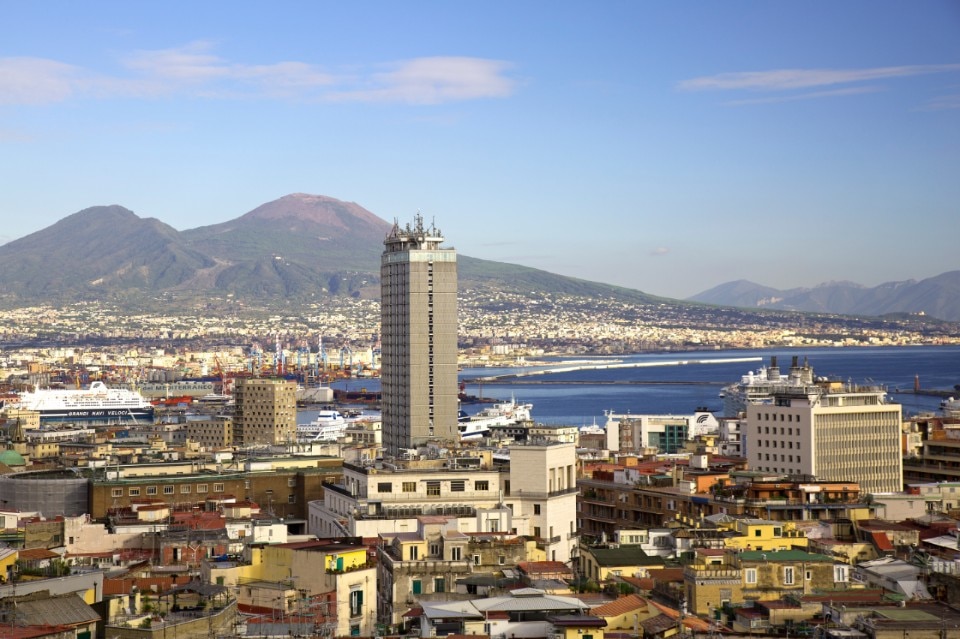
Compared to the United States, in Italy the season of tall buildings has come late. Apart from the Mole Antonelliana – the tallest masonry building in Europe by the time of its construction – in Italy construction in height has developed mainly since the post-war period, in the cities rising from their own ruins and enthusiastically diving into the building boom. The historical context made it possible to experiment with new technologies (in Italy in particular reinforced concrete, rather than steel as in the United States) and to punctuate the cities with buildings with a strong value in terms of public image, reflecting the processes of social, cultural and economic transformation then underway.
Since the first realisations exploring a rationalist and brutalist language (Filo Speziale in Naples, Piacentini in Genoa, Berardi in Cesenatico, Gio Ponti in Milan), the typology has largely evolved over the years: from Postmodernism (Beguinot in Naples, SOM in Genoa) to High-Tech (César Pelli in Milan, Fuksas in Turin), to works that reinterpret past typologies in a modernised form (Torre Veasca by BBPR in Milan; Purini in Rome), up to contemporary interventions that, especially in Milan, have become emblems of the city's evolution into an increasingly attractive and internationally competitive metropolis (Arata Isozaki and Andrea Maffei, Torre Allianz; Stefano Boeri, Bosco Verticale; Mario Cucinella, UnipolSAI Tower), also thanks to the mark of star architects who have reshaped the city's outline to a vertidal dimension.
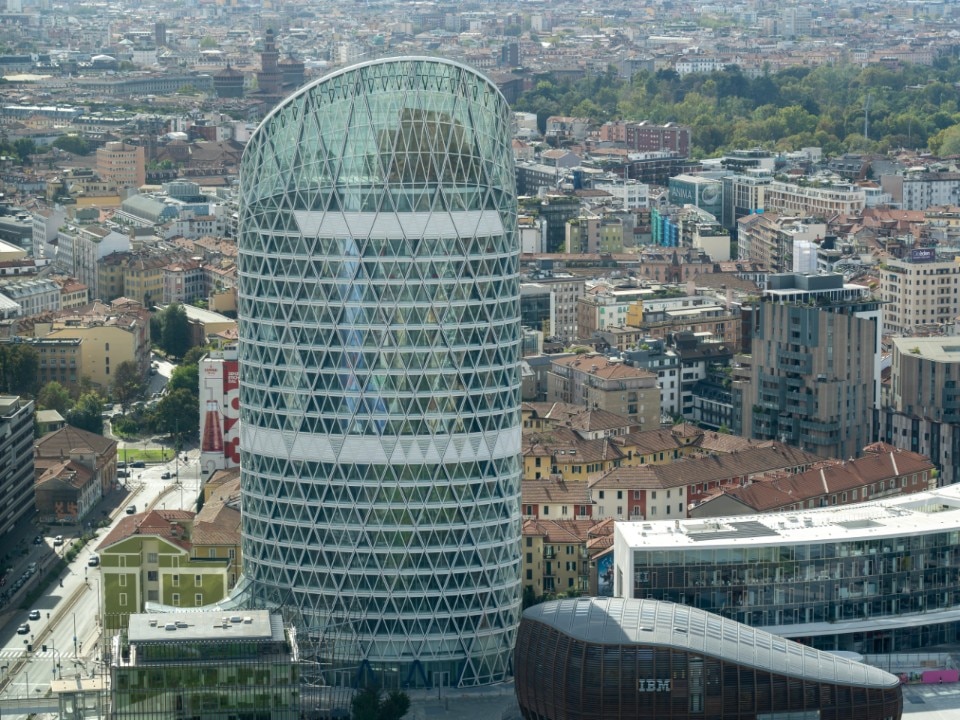
Since the beginning to the present, skyscrapers in Italy have always provoked heated debates because of the difference between their generative cultural-historical milieu and urban layout, and the primeval one of U.S. cities:welcomed by those who see in tall buildings an injection of modernity in a country far too rooted in its past, or fiercely disavowed by those who find in this typology, inevitably visible from all angles, a "demonstration of priapism and corporate hybris," as Wu Ming 1 says in reference to a skyscraper towering in the Po Valley near Bologna.
Regardless of judgments on vertical architecture, the question remains open, whether skyscrapers, as well as any type of architecture that has "primacy" as a design input (in this case, height) and an anxiety for spectacularity, can also be a lever of socio-economic development for the communities gravitating around them, in addition to being a tool for real estate promotion and commercial capitalisation for its investors.


